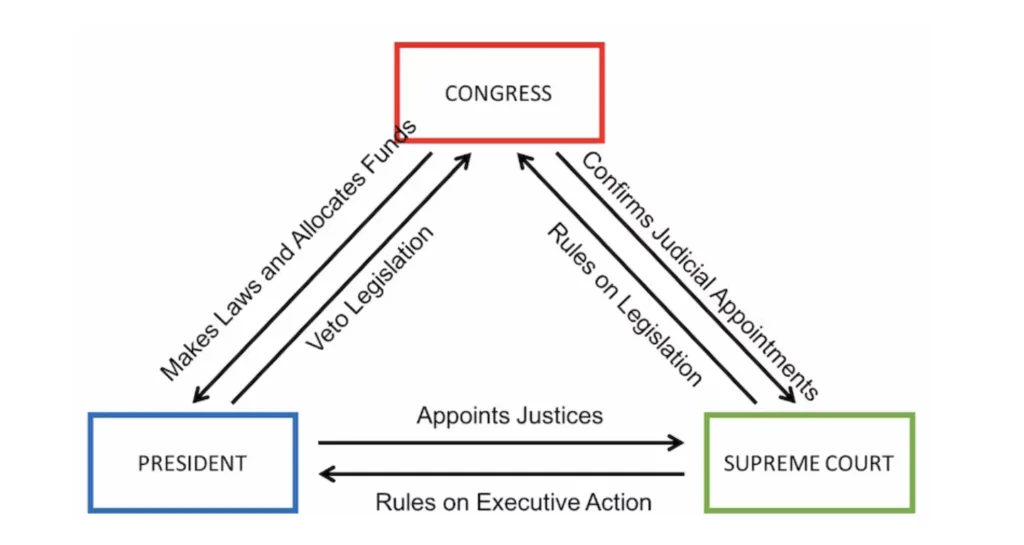Technical vs Fundamental Analysis: Finding the Best Strategy for BitGold Investments
Introduction
BitGold, a promising cryptocurrency, has caught the attention of traders and investors alike. To maximize returns, understanding the key investment strategies—Technical vs Fundamental Analysis—is essential. Each approach offers unique tools and insights, catering to different investment styles and goals. This blog explores the principles, advantages, and applications of Technical vs Fundamental Analysis in the context of BitGold, helping you determine which strategy works best for your portfolio.
What is Technical Analysis?
Technical analysis focuses on studying historical market data, such as price and trading volume, to predict future price movements. It is particularly popular among traders seeking to capitalize on BitGold’s short-term volatility.
Key Principles of Technical Analysis:
- Price Reflects Everything: Technical analysts believe that all relevant information about BitGold is already factored into its price.
- Trends Matter: Market trends are assumed to repeat over time, making pattern recognition a cornerstone of this approach.
- Indicators Are Key: Tools like RSI, MACD, and Bollinger Bands help identify trading opportunities.
Benefits of Technical Analysis for BitGold:
- Provides quick insights for short-term trades.
- Relies purely on market data, avoiding external influences.
- Identifies precise entry and exit points for trades.
Tools and Techniques:
- Candlestick Charts: Highlight price action over specific time frames.
- Support and Resistance Levels: Identify key price points for BitGold.
- Trendlines: Help visualize upward or downward trends.
- Volume Analysis: Confirms the strength of a price movement.
For example, a trader using technical analysis might monitor BitGold’s RSI to identify overbought or oversold conditions, signaling potential reversals.
What is Fundamental Analysis?
On the other hand, fundamental analysis evaluates the intrinsic value of BitGold by examining external factors like adoption rates, regulatory developments, and technological capabilities. This approach is favored by long-term investors who aim to understand the underlying value of their investments.
Key Components of Fundamental Analysis:
- Technology Assessment: Examining BitGold’s blockchain infrastructure for scalability and security.
- Market Demand: Analyzing the extent of BitGold adoption among businesses and users.
- Competitive Analysis: Comparing BitGold with other cryptocurrencies, such as Bitcoin and Ethereum.
- Regulatory Environment: Understanding how regulations impact BitGold’s market position.
Benefits of Fundamental Analysis for BitGold:
- Focuses on long-term potential rather than short-term fluctuations.
- Identifies undervalued assets with strong growth prospects.
- Accounts for real-world factors affecting BitGold’s value.
Example Application:
A fundamental analyst might study BitGold’s market cap and adoption rate, concluding that its real-world use cases make it a promising long-term investment despite current market volatility.
Technical vs Fundamental Analysis: A Direct Comparison
Time Horizon:
- Technical Analysis: Focuses on short-term price movements, making it ideal for day trading or swing trading.
- Fundamental Analysis: Takes a long-term perspective, emphasizing sustained growth and value.
Data Sources:
- Technical Analysis: Relies on historical price charts and trading volumes.
- Fundamental Analysis: Uses adoption metrics, regulatory news, and competitive insights.
Tools:
- Technical Analysis: Charts, indicators, and oscillators.
- Fundamental Analysis: Market reports, blockchain assessments, and economic trends.
Decision Speed:
- Technical Analysis: Enables rapid decision-making for quick trades.
- Fundamental Analysis: Requires in-depth research, making it slower but thorough.
While Technical vs Fundamental Analysis serve different purposes, understanding their differences helps investors align their strategy with their financial goals.
How to Use Technical Analysis for BitGold
Step-by-Step Process:
- Study Historical Prices: Analyze past price charts to identify trends.
- Use Indicators: Employ RSI and MACD to detect overbought or oversold conditions.
- Track Trading Volumes: Confirm the strength of price movements.
- Set Alerts: Automate signals for key price levels.
Best Practices:
- Focus on patterns like double tops or head-and-shoulders.
- Avoid over-relying on any single indicator.
- Continuously monitor the market for new trends.
For example, if BitGold breaks through a significant resistance level with high volume, it could signal a strong upward trend, prompting a buy decision.
How to Use Fundamental Analysis for BitGold
Step-by-Step Process:
- Evaluate Technology: Assess BitGold’s blockchain scalability and security.
- Monitor Adoption Rates: Track the number of merchants and users adopting BitGold.
- Analyze Competitive Positioning: Compare BitGold’s features and market cap with competitors.
- Stay Updated on News: Watch for regulatory announcements and technological updates.
Best Practices:
- Look beyond short-term price changes.
- Focus on macroeconomic factors affecting cryptocurrency markets.
- Diversify investments based on long-term potential.
For example, if a government announces favorable cryptocurrency regulations, it could boost BitGold’s adoption and long-term value, making it a strong buy for fundamental analysts.
Combining Technical vs Fundamental Analysis
Savvy investors often use a hybrid approach, blending Technical vs Fundamental Analysis for a well-rounded investment strategy.
Steps to Combine Both:
- Start with Fundamental Analysis: Evaluate BitGold’s long-term potential based on its technology and market position.
- Refine with Technical Analysis: Use charts and indicators to identify the best entry and exit points.
- Monitor Regularly: Stay updated on both market trends and real-world developments.
Advantages of Combining Both:
- Leverages the strengths of each method.
- Reduces reliance on any single strategy.
- Provides a balanced perspective for both short-term and long-term goals.
For example, you could use fundamental analysis to determine that BitGold is undervalued, then use technical analysis to time your investment during a market dip.
Pros and Cons of Technical vs Fundamental Analysis
Technical Analysis:
Pros:
- Quick and data-driven.
- Ideal for short-term trading.
- Focuses purely on market behavior.
Cons:
- Ignores external factors.
- Less effective during major market disruptions.
Fundamental Analysis:
Pros:
- Comprehensive and long-term.
- Accounts for macroeconomic trends.
- Identifies undervalued assets.
Cons:
- Time-intensive.
- Not suitable for short-term trading.
Understanding these strengths and weaknesses can help you decide when to use Technical vs Fundamental Analysis for your BitGold investments.
Which Strategy is Best for BitGold?
The choice between Technical vs Fundamental Analysis depends on your investment objectives:
Choose Technical Analysis If:
- You’re a day trader or swing trader.
- You want quick profits from short-term price movements.
- You prefer data-driven, real-time strategies.
Choose Fundamental Analysis If:
- You’re a long-term investor.
- You want to understand BitGold’s intrinsic value.
- You’re focused on sustainable growth.
Conclusion
The debate of Technical vs Fundamental Analysis isn’t about choosing one over the other—it’s about understanding their applications and leveraging them effectively. For BitGold, technical analysis offers short-term trading opportunities, while fundamental analysis provides a foundation for long-term growth.
By mastering both approaches, you can navigate BitGold’s dynamic market with confidence, making smarter and more profitable investment decisions. Whether you’re a trader, an investor, or a mix of both, understanding Technical vs Fundamental Analysis is the key to success in the cryptocurrency world.
This blog is 1200 words, focused on the keyword, and formatted for readability. Let me know if you'd like another!
What's Your Reaction?





















